Lincoln Memorial, Washington, D.C.
Posted By Norman Gasbarro on February 20, 2012
The most impressive shrine to our sixteenth president, Abraham Lincoln, is located in Washington, D.C., at the end of the mall on ground that once was a swamp. Thousands of tourists stop at the monument each day, climb its steps and take photographs of the large statute of Lincoln, his words from two of his best-known addresses, and the magnificent setting.
There are thirty-four columns on the monument – one for each state in the Union at the time of the Civil War. Each state and the date it entered the Union is noted above the columns. Pennsylvania and 1787 (in Roman numerals) is shown below.
Inside the monument is a seated sculpture of Lincoln by Daniel Chester French with the words on honor placed on the wall behind: “In this temple as in the hearts of the people for who he saved the Union the memory of Abraham Lincoln is enshrined forever.”
To the left side is a wall on which the words of the Gettysburg Address of 1863 can be found.
To the right side as the words of Lincoln’s Second Inaugural Address of 1865 (not shown), carved into three large panels.
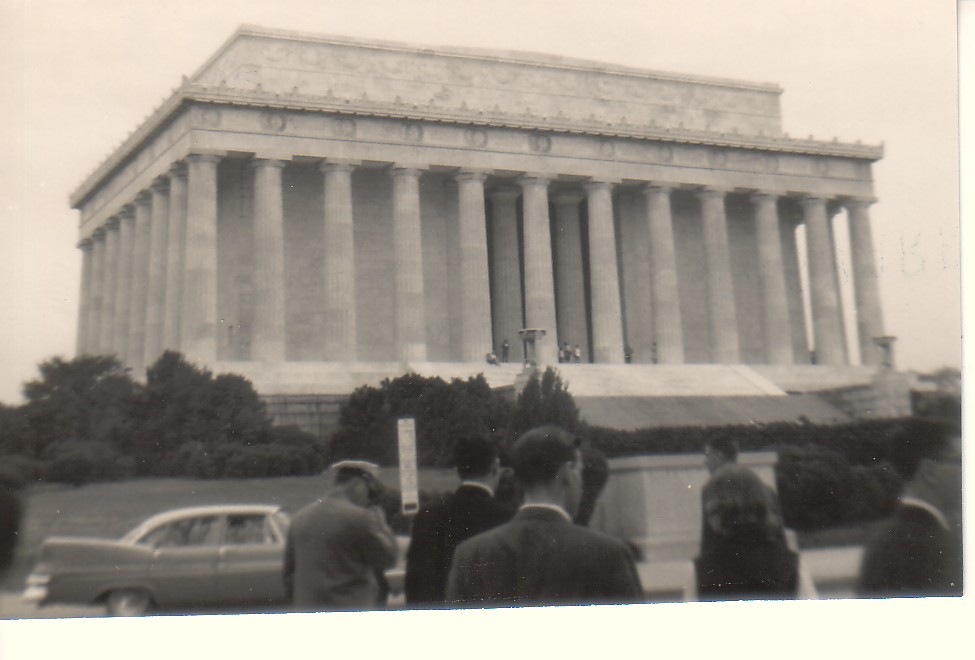 Fifty years ago a student group from Atlantic City High School (New Jersey) visited the monument on its class trip. It was during the 100th Anniversary of the Civil War.
Fifty years ago a student group from Atlantic City High School (New Jersey) visited the monument on its class trip. It was during the 100th Anniversary of the Civil War.
Class trips from schools all over the United States have regularly paid homage to Abraham Lincoln – as did the class trip from the Lykens High School of 1932 – which visited the memorial during the Bicentennial of George Washington’s birth. Pictures from that 1932 trip have been seen and could be posted on this blog, if located. In 1932, the Lincoln Memorial was celebrating its 10th Anniversary.
The grounds around the Lincoln Memorial have been the place of many demonstrations and protests over the years including the famous Civil Rights March of 1963 – during the 100th Anniversary of the Civil War – when Rev. Dr. Martin Luther King Jr. delivered his famous “I Have a Dream” address.
International visitors have also been drawn to the memorial. Above are Mr. Chiu of Taiwan and Mr. Wong of Indonesia who visited the monument in 2006. Lincoln was considered an inspiration for the Chinese Revolution of 1911 and last year, the 100th Anniversary of that revolution was celebrated.
On the lower lever of the memorial is a small museum which explains how the memorial was constructed and contains additional words of Lincoln, including his evolving views toward the African American. The reverse of the “Lincoln Cent” is shown on one of the panels – with the memorial and the statue of Lincoln prominently shown in the design. The reverse of this “Lincoln Cent” was designed by Frank Gasparro of the Philadelphia Mint.
Now, in 2012, the mall and reflecting pool in front of the memorial is being “rehabilitated” as part of the “shovel-ready” projects funded through the recent stimulus. The area from the front of the memorial eastward to the rear of the World War II Memorial is presently is a state of construction.
Three relatively new memorials now flank the mall and reflecting pool in front of the Lincoln Memorial. Standing on the steps of the Lincoln Memorial, the Vietnam Veterans’ Memorial lies to the left of the mall’s reflecting pool. To the right is the Korean Veterans’ Memorial and the recently dedicated Rev. Dr. Martin Luther King Jr. Memorial. The World War II Memorial, previously mentioned, is at the eastern end of the reflecting pool and about half-way to the Washington Monument. The symbolism of the location of each of these memorials in relation to the Lincoln Memorial is evident – the power and effect of the growth of the national government and America’s influence in the world.
The Jefferson Memorial is now more separated from these other monuments and at a distance to the right along the tidal basin. Jefferson was a proponent of a more limited federal government.
There can be no doubt when visiting Washington, that Lincoln’s passion for creating a strong central government with power and grandeur located in Washington, D.C., has come to a reality. The temple created for Lincoln, the largest and most impressive of all the memorials in the capital city attests to the fact that the Civil War preserved and expanded the Union and made it forever indivisible and that the credit goes to Abraham Lincoln for making this a reality.
 ;
;
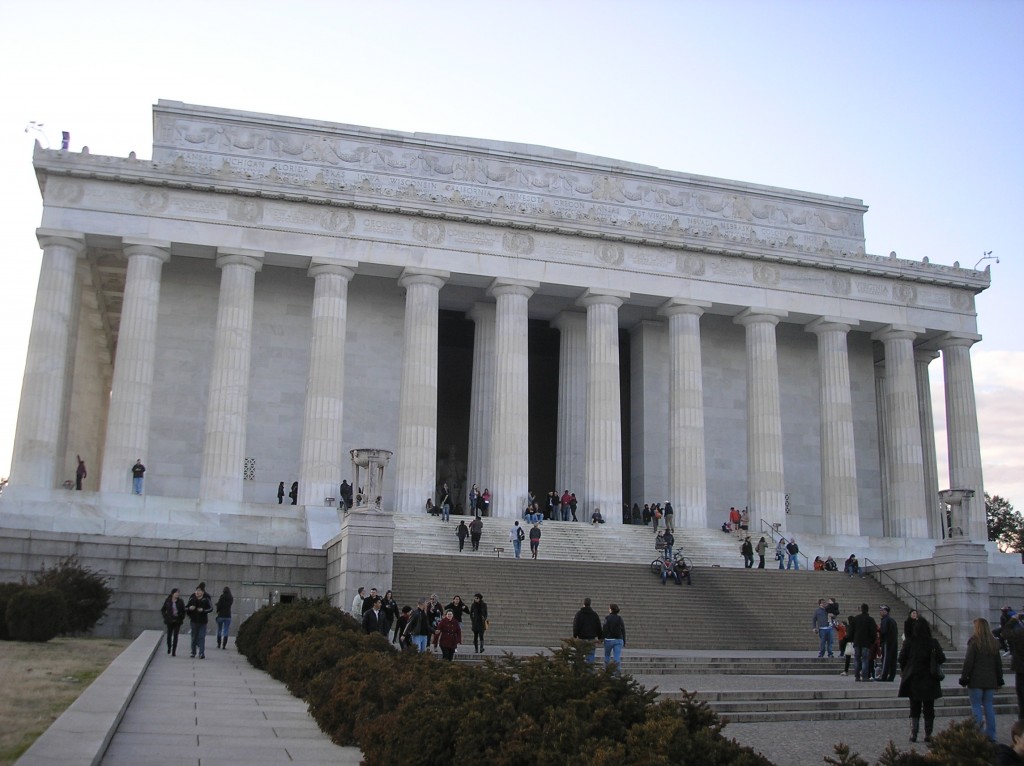
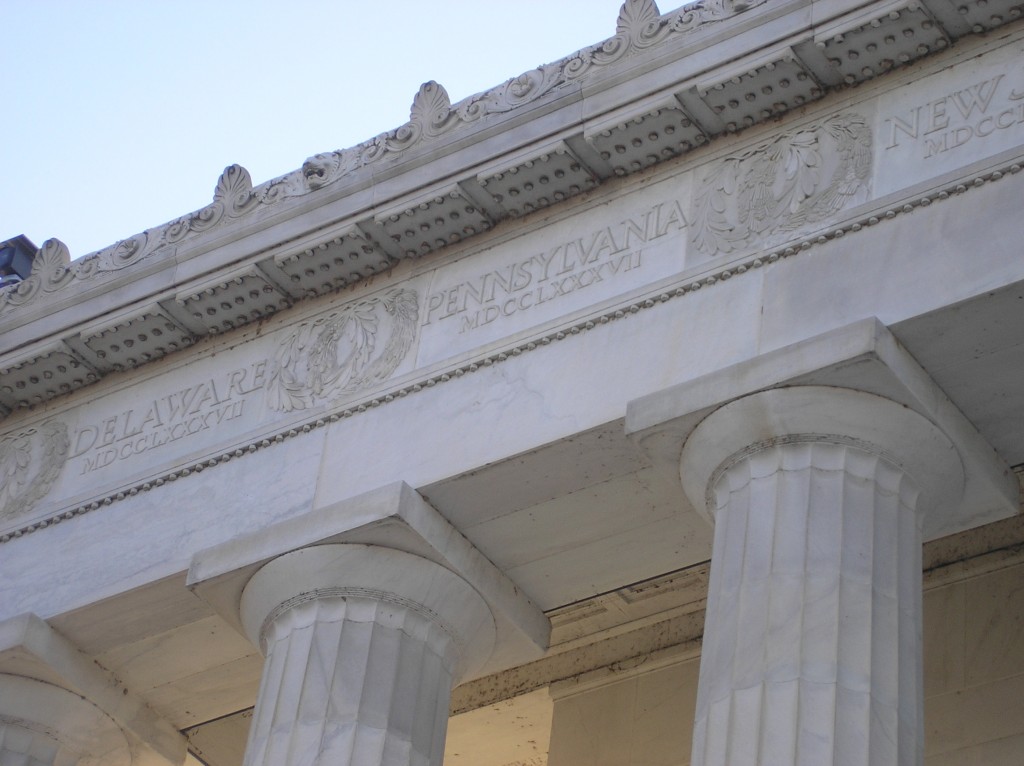

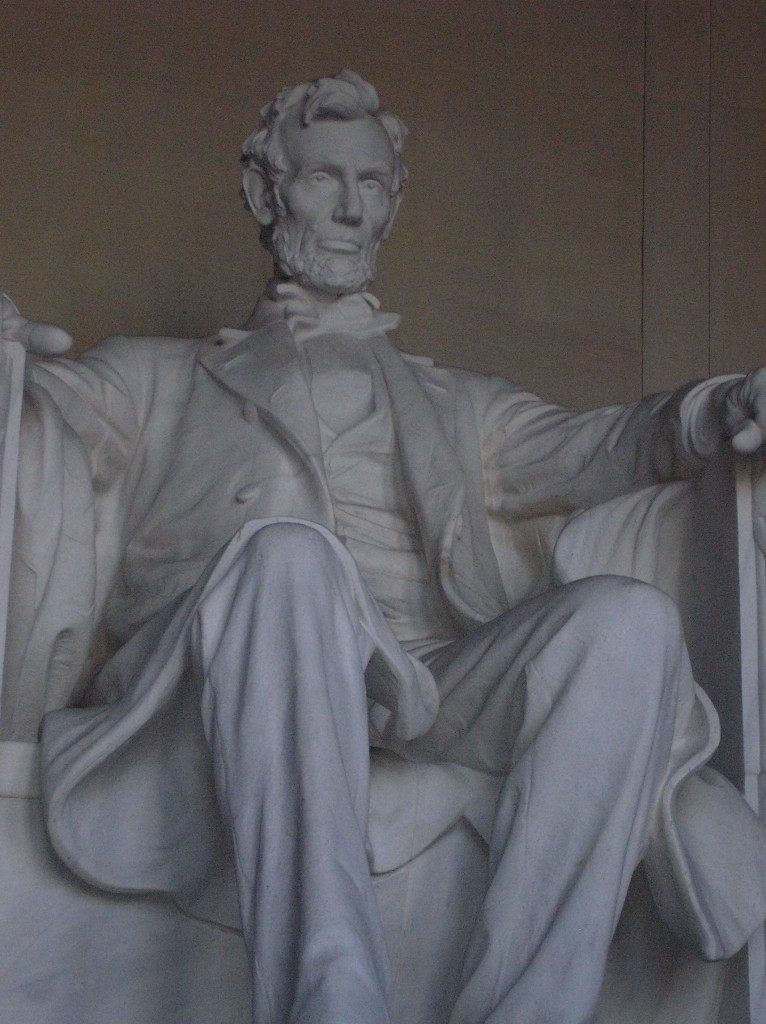
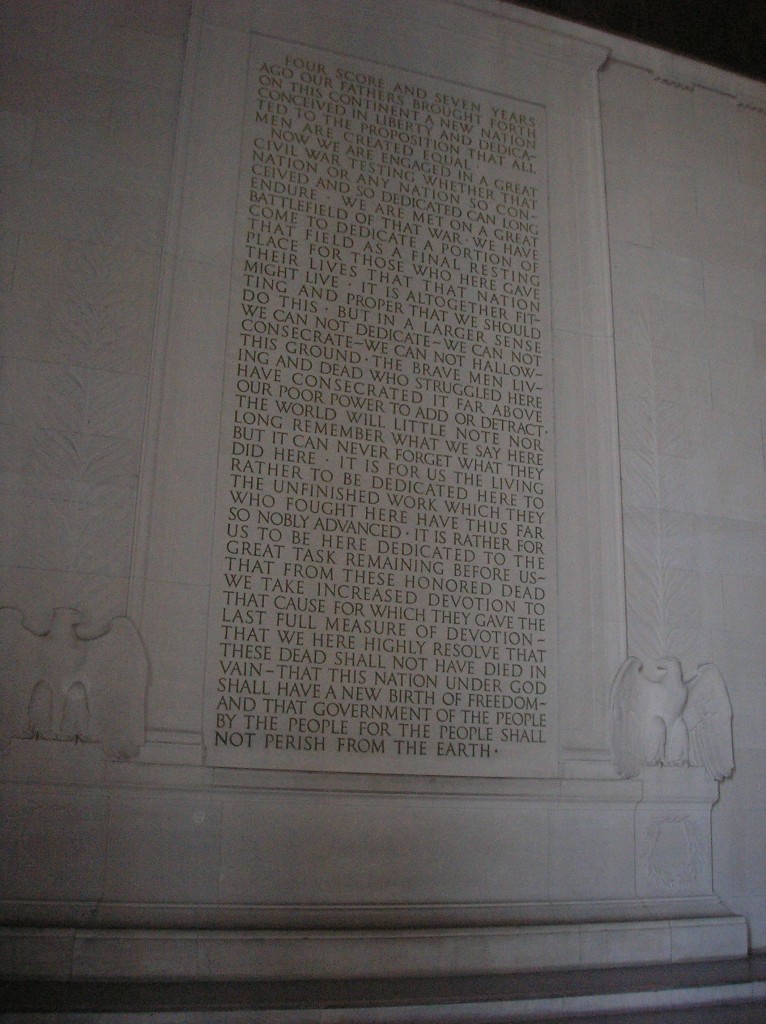


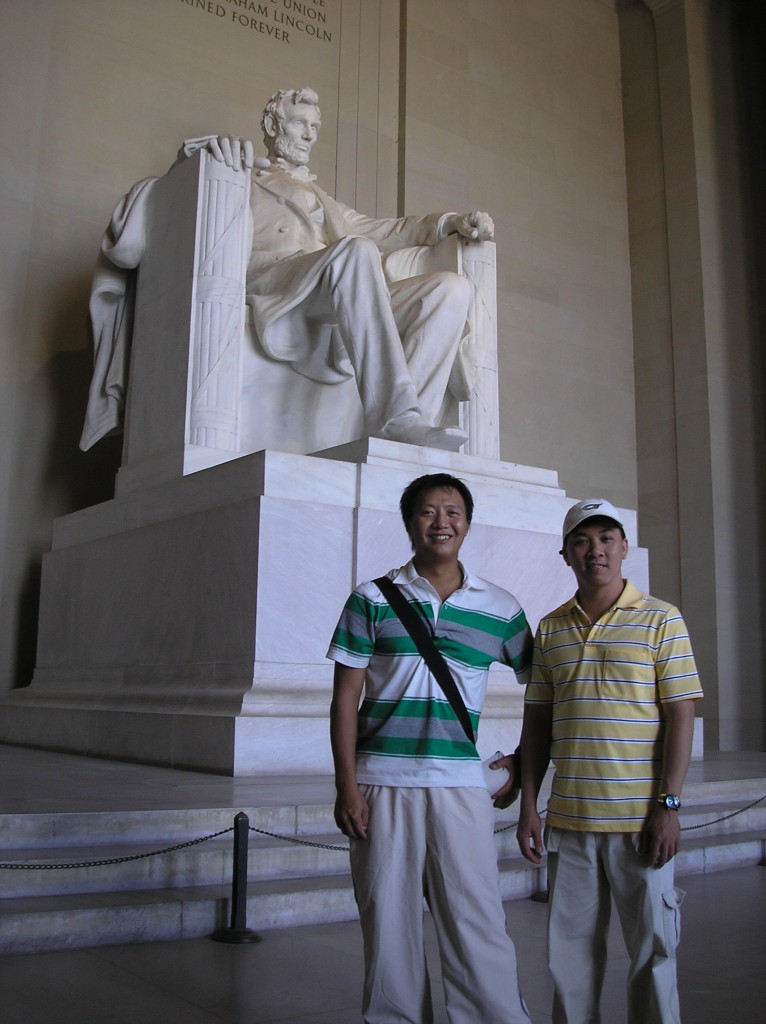

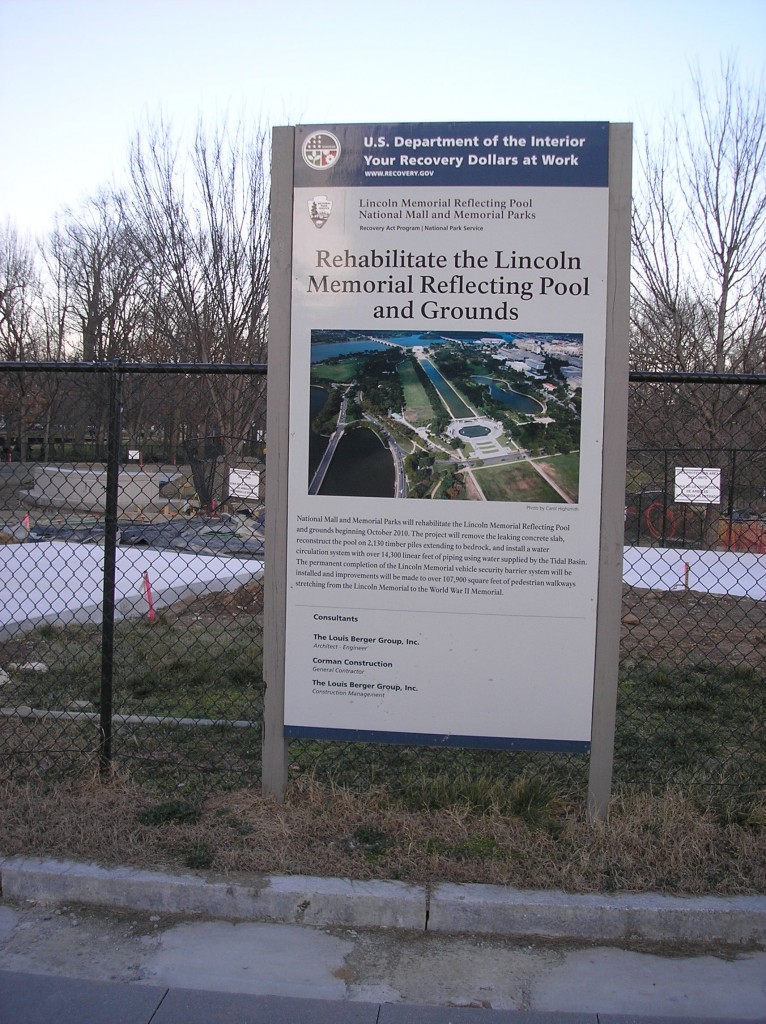


Comments